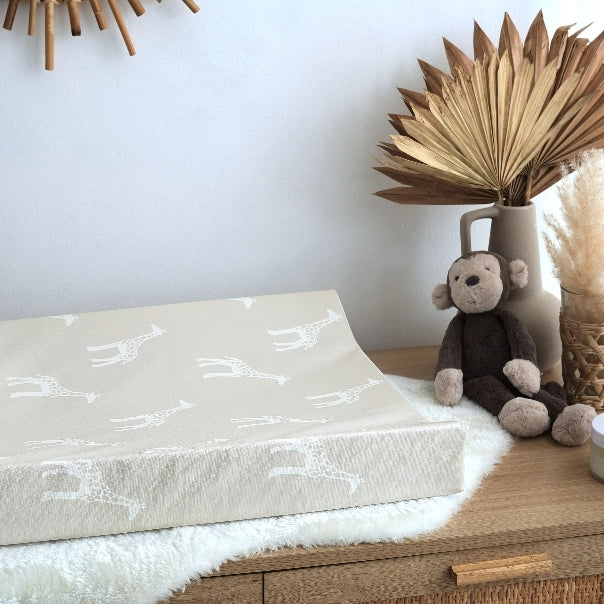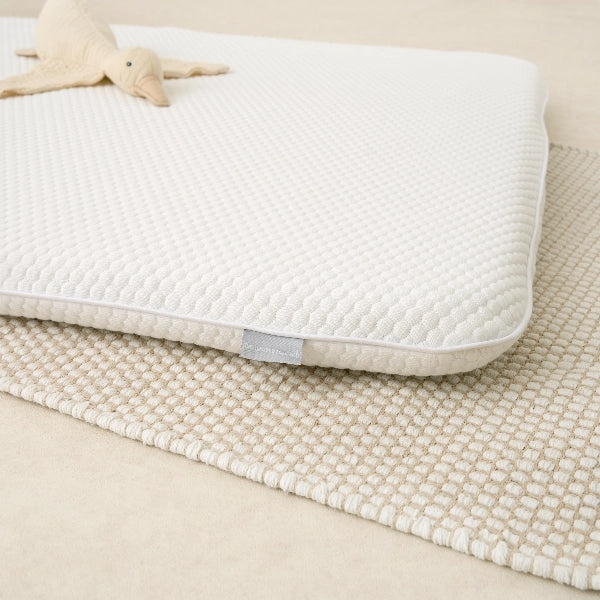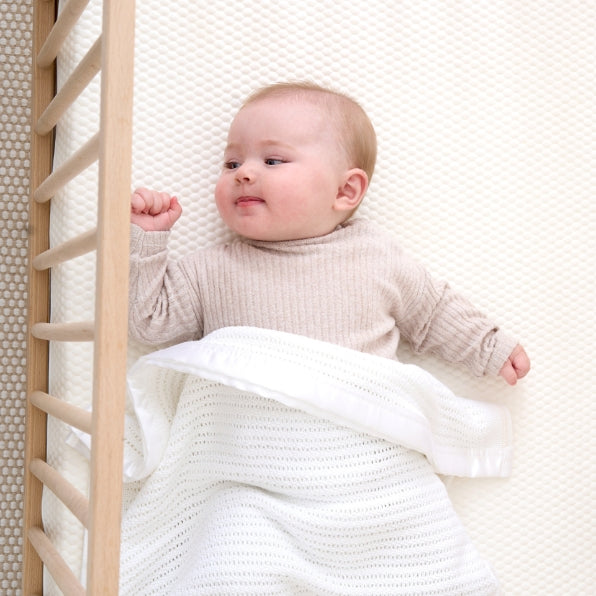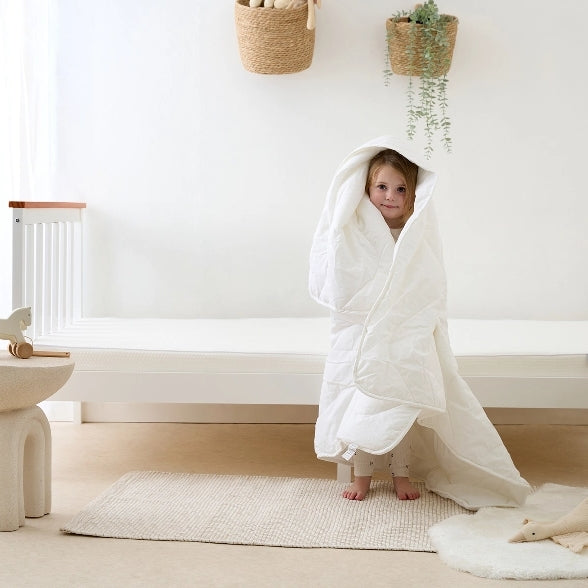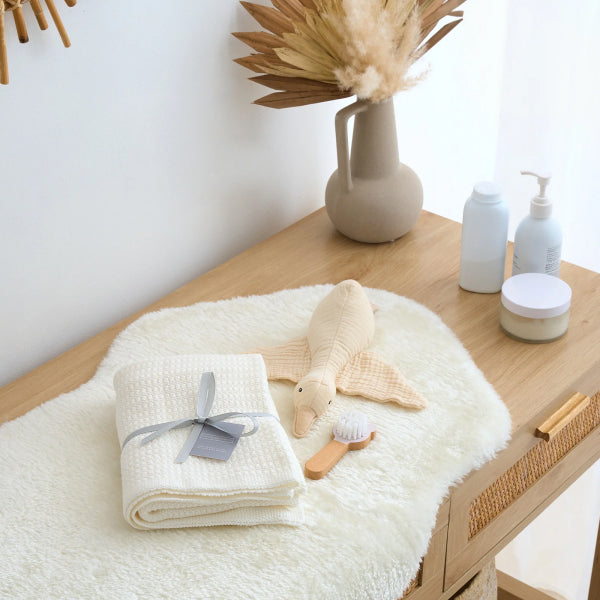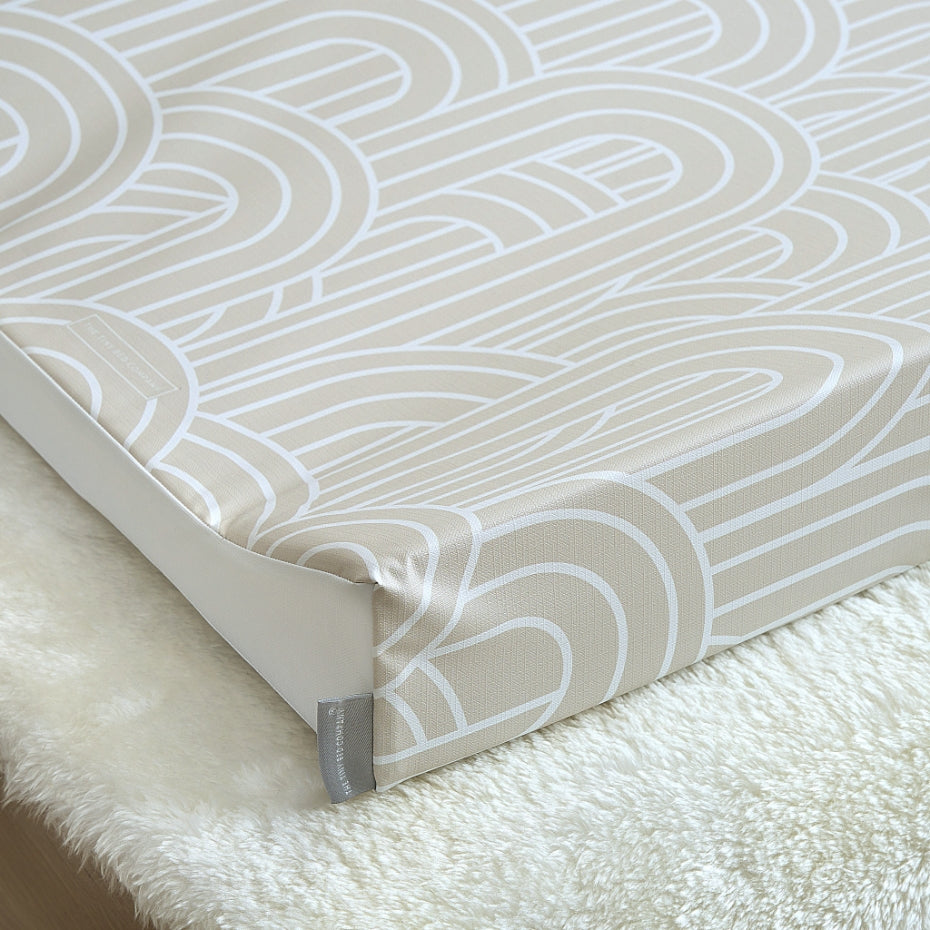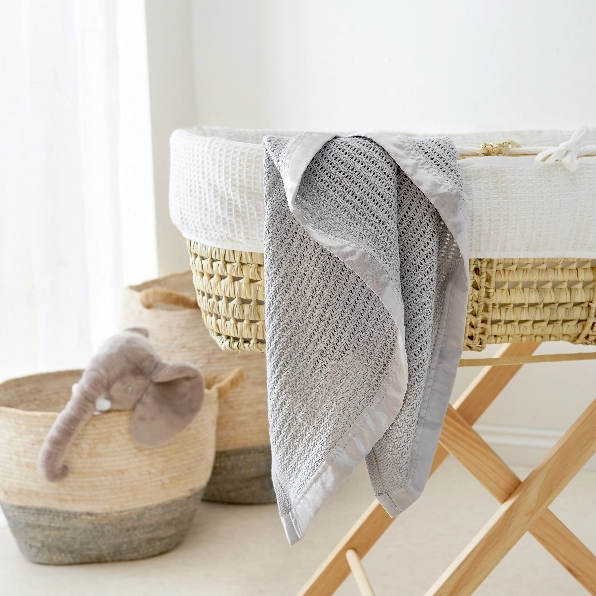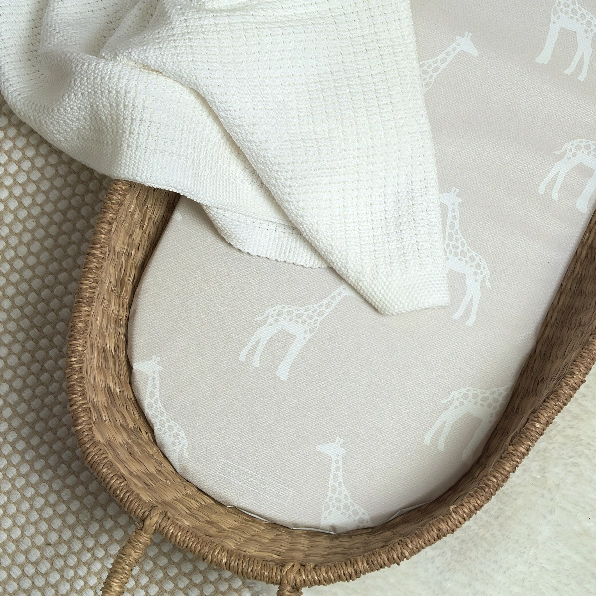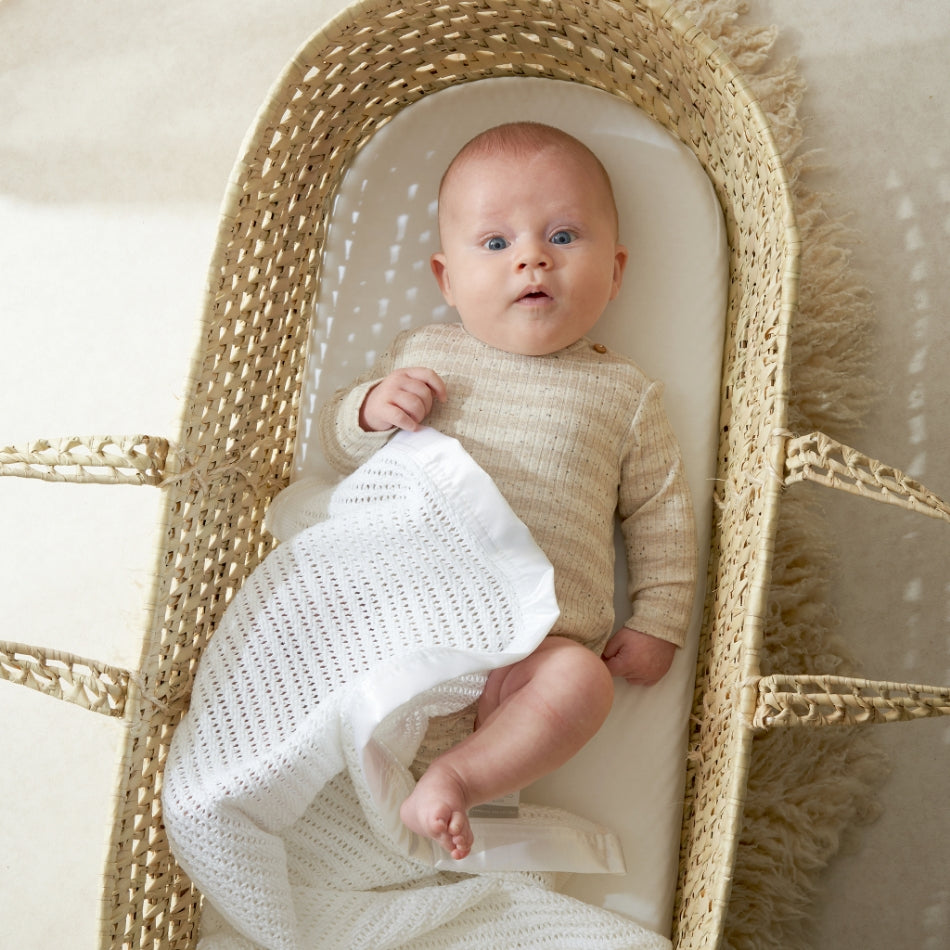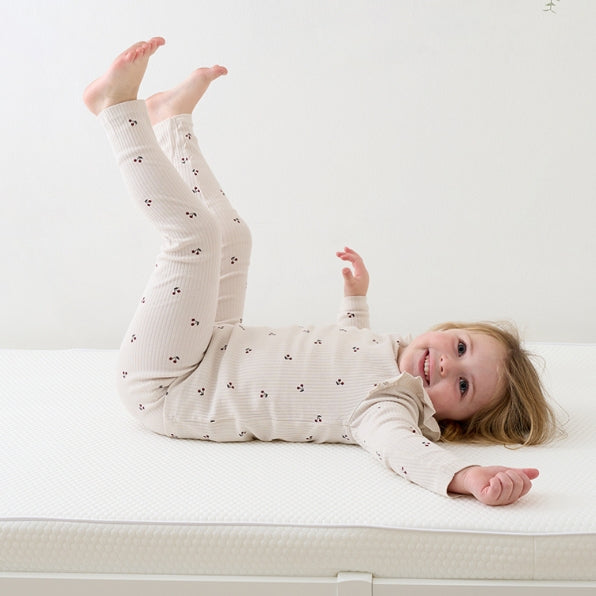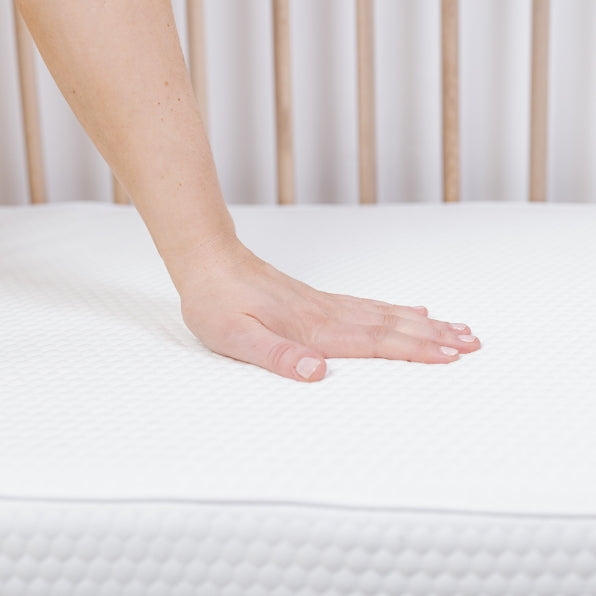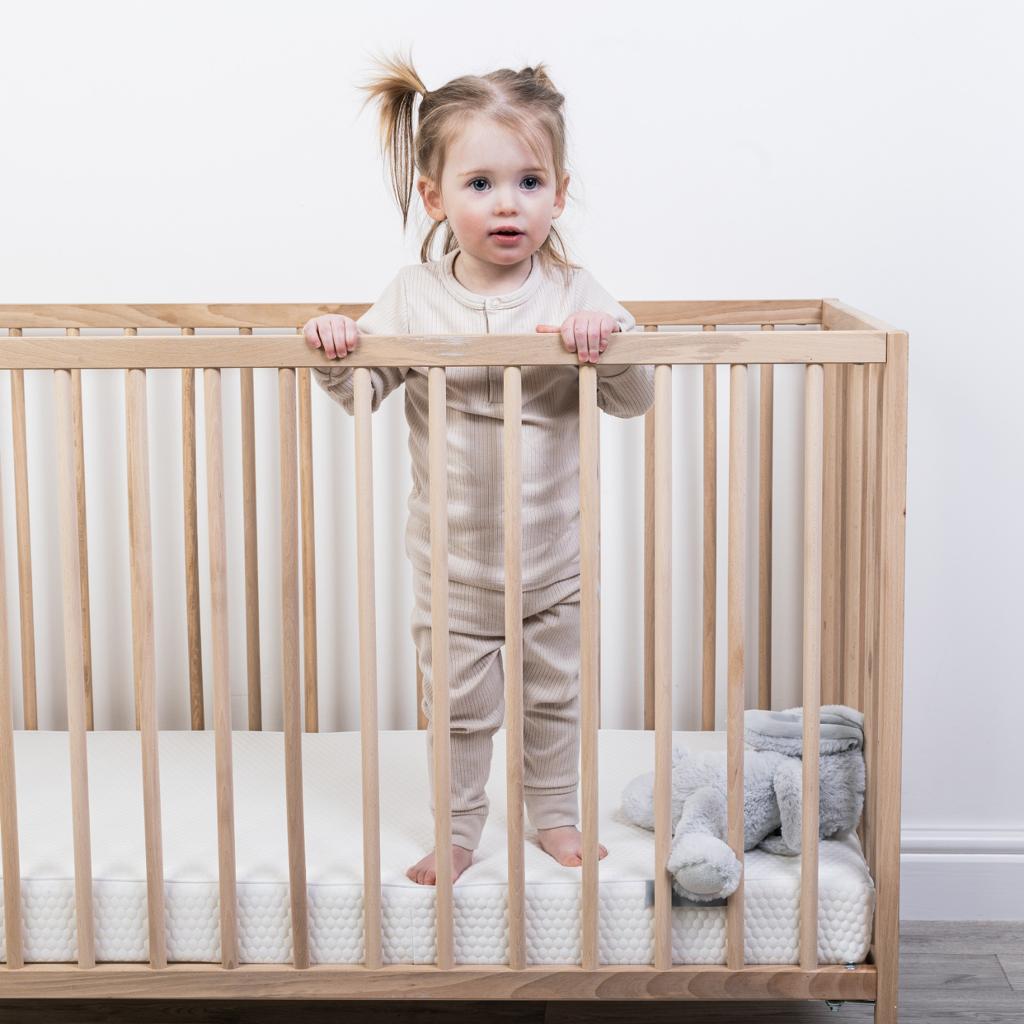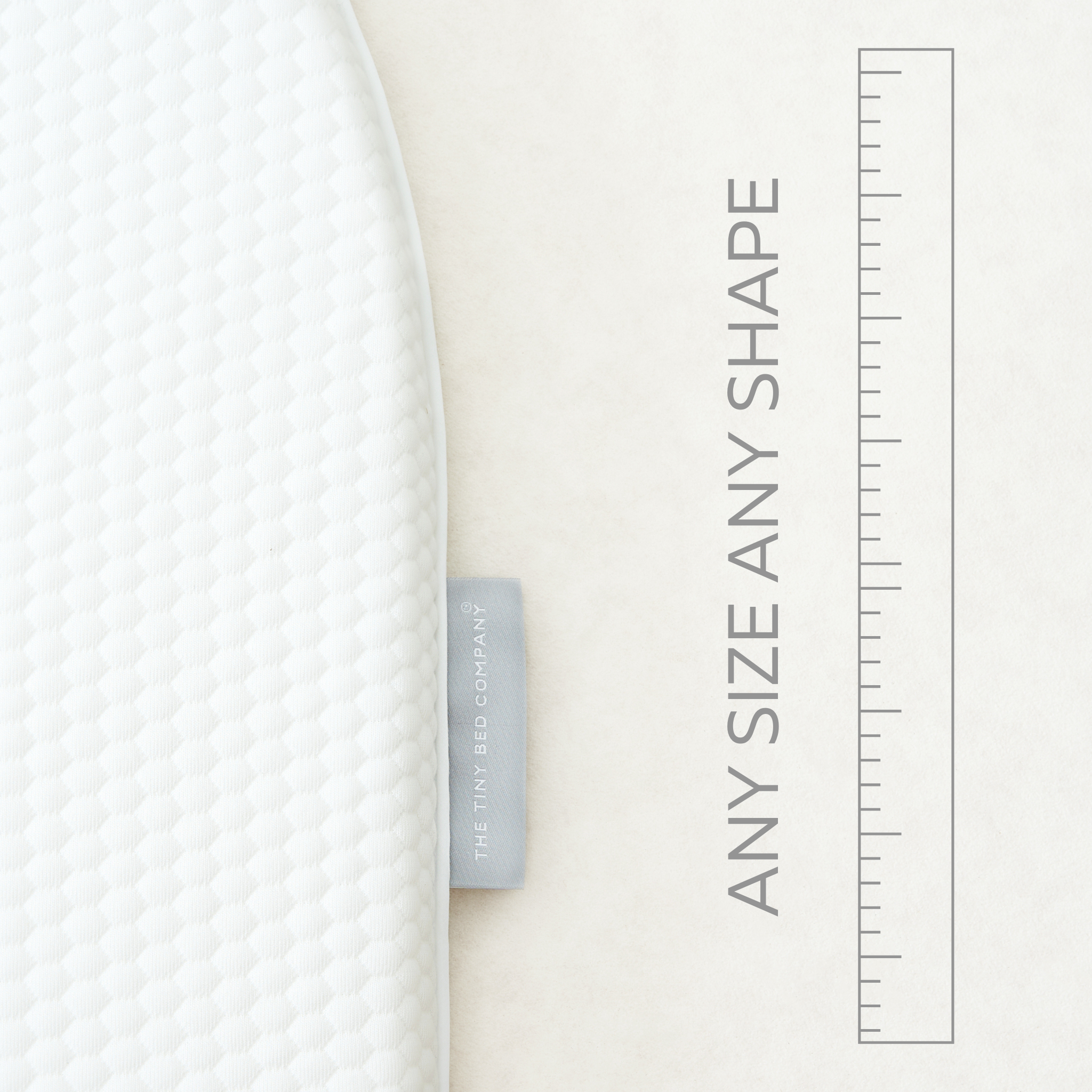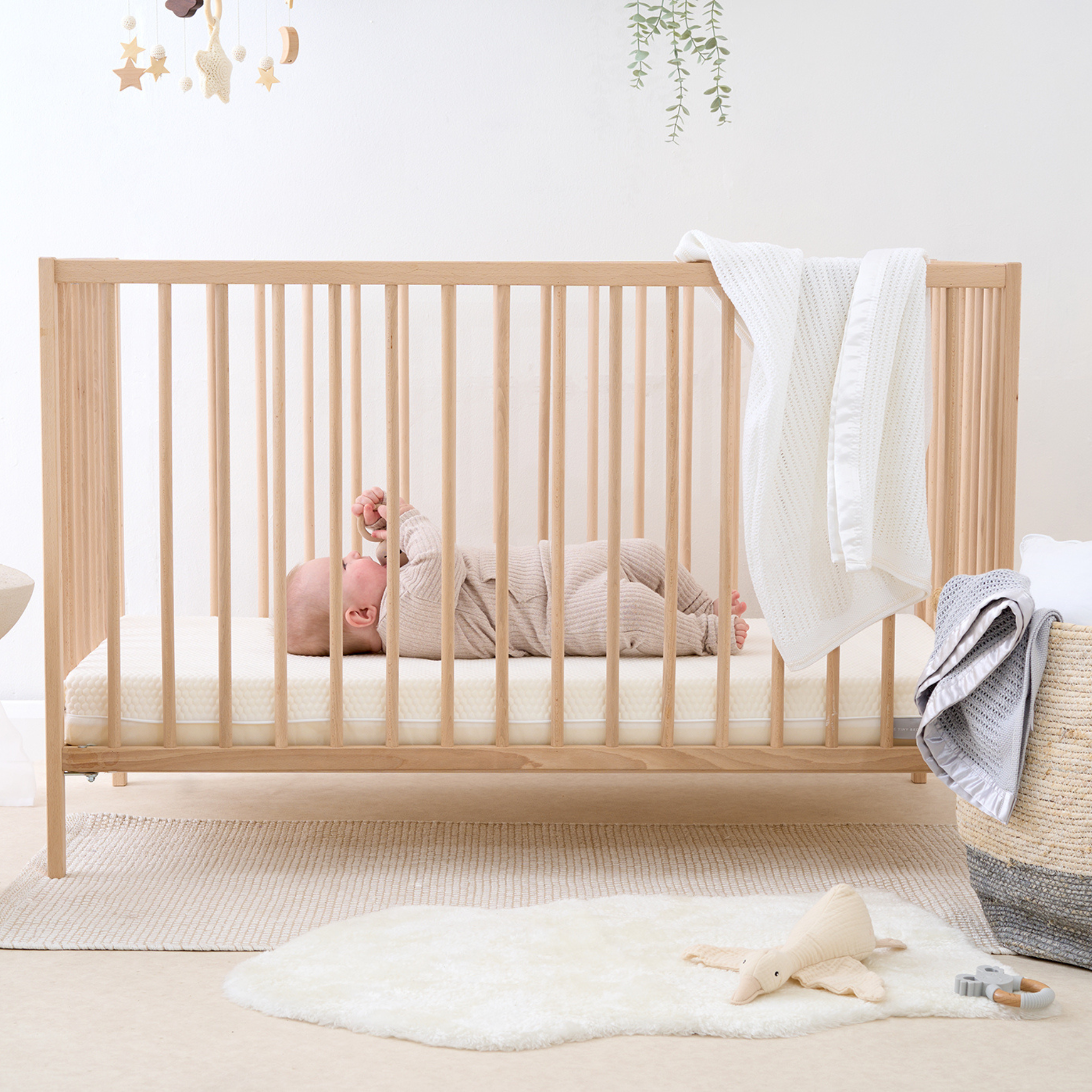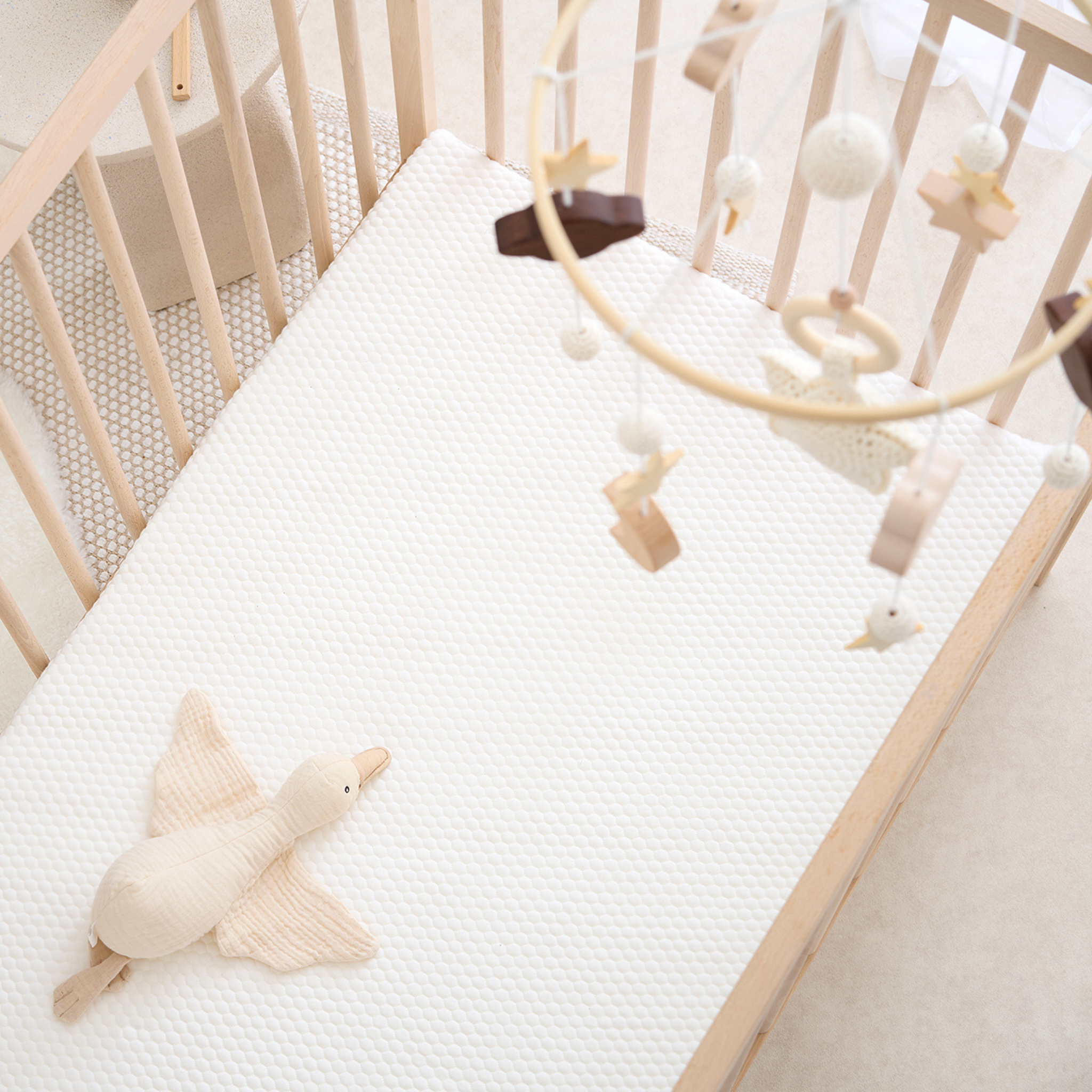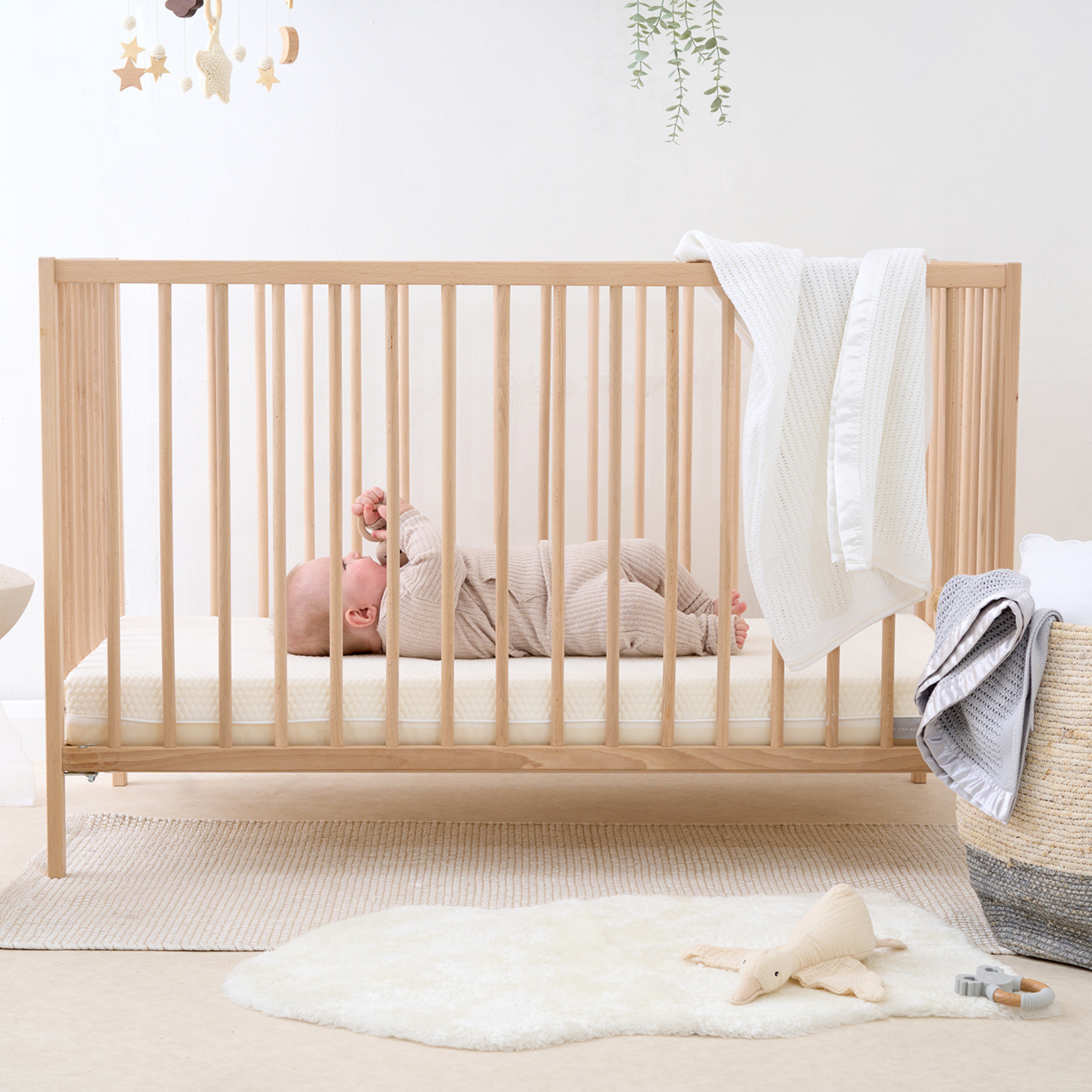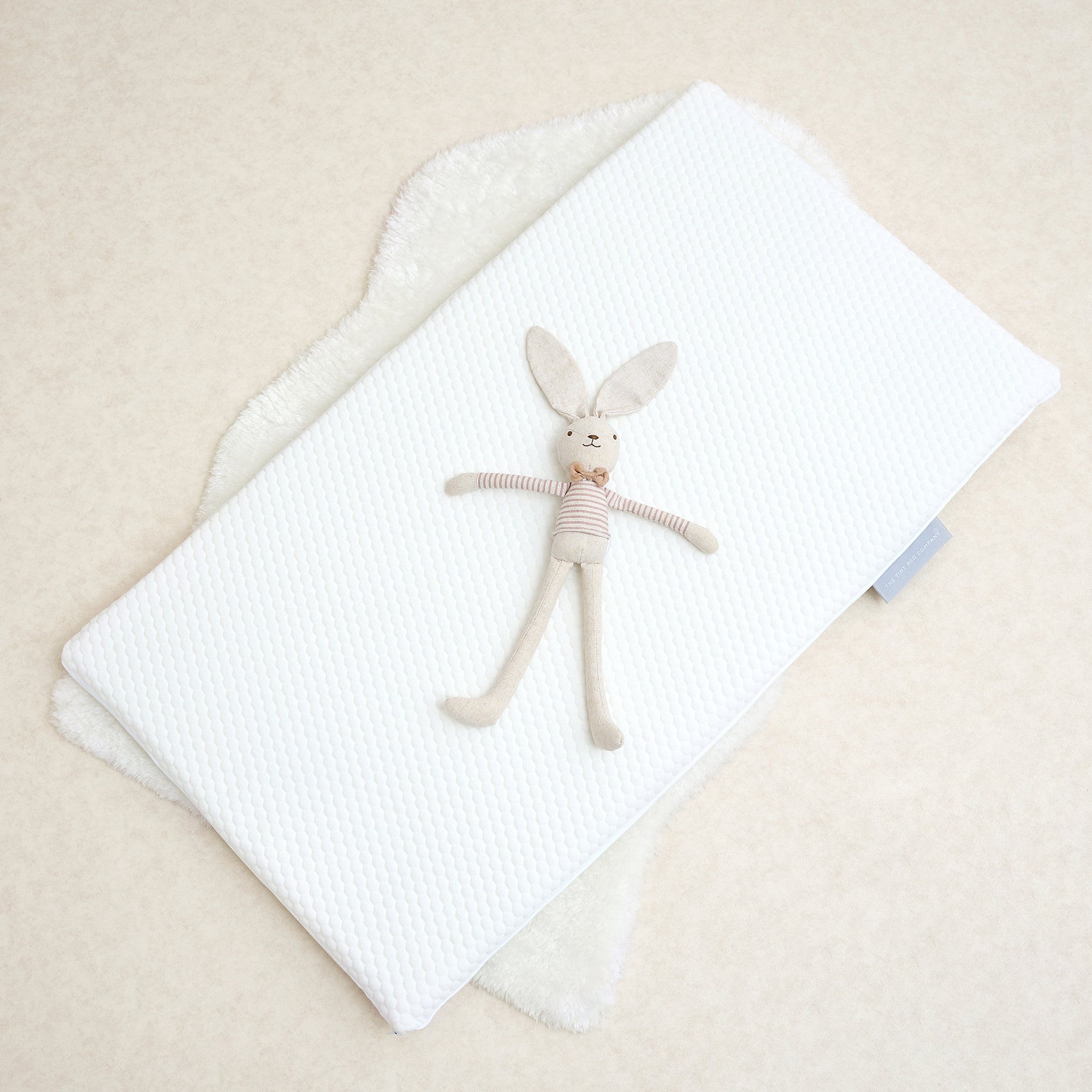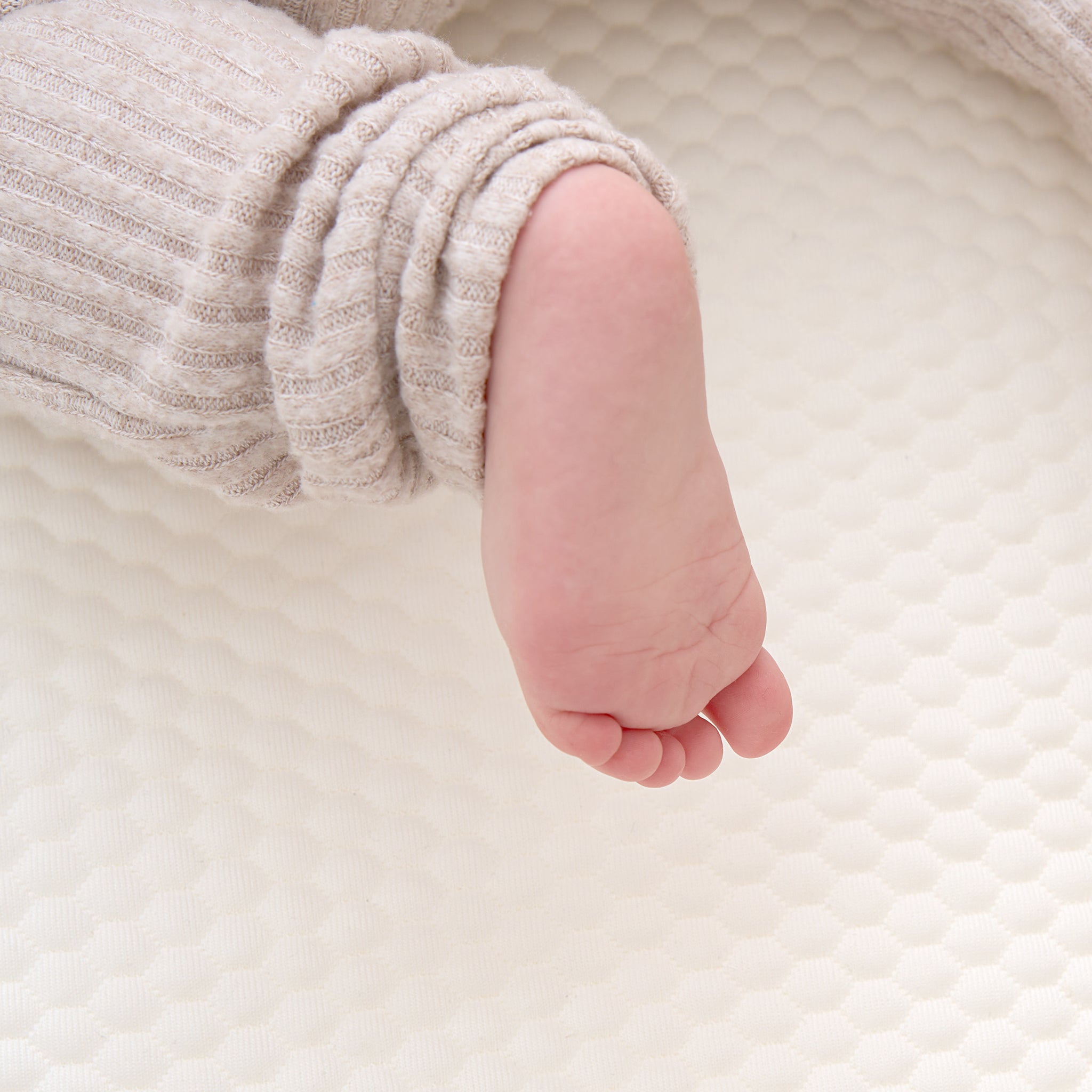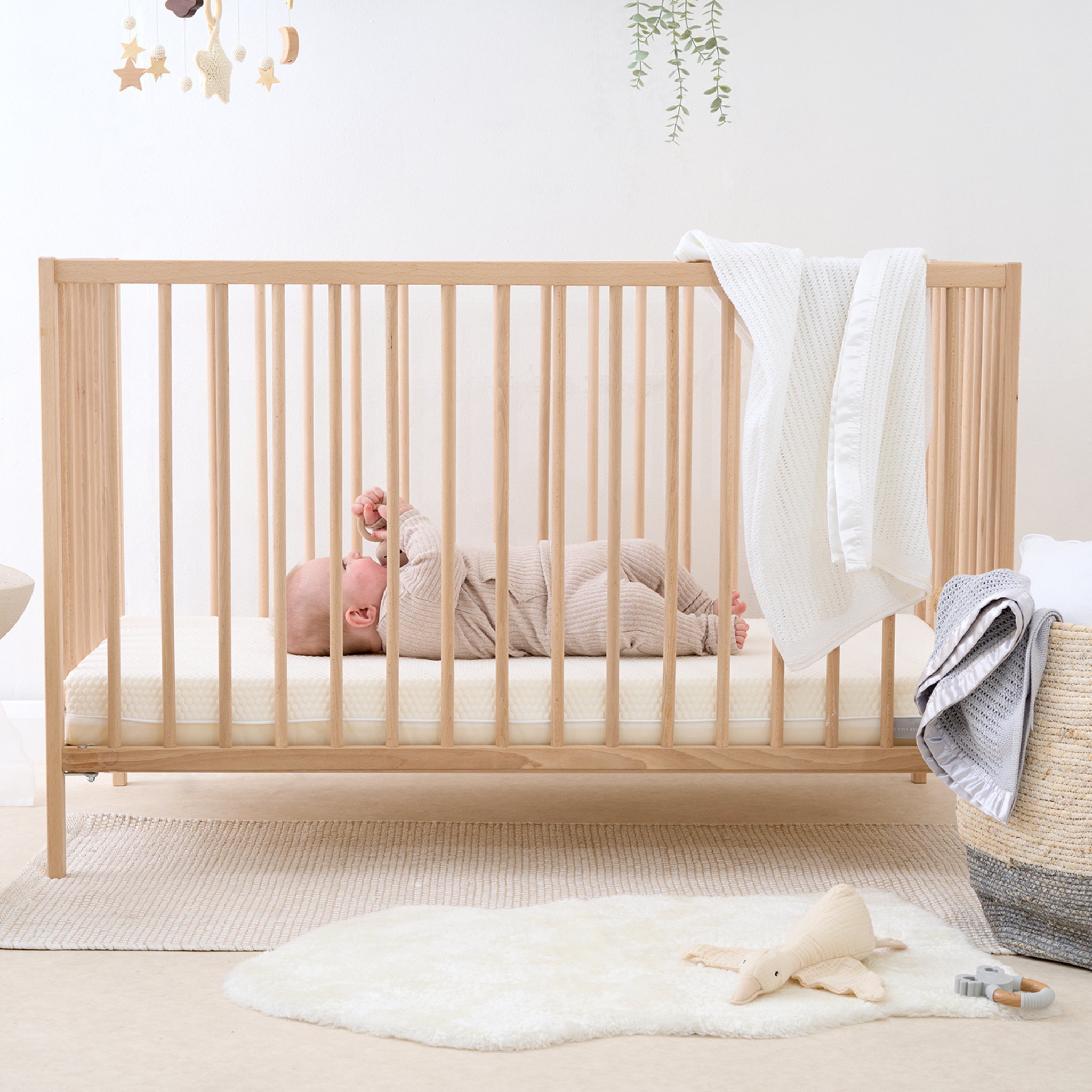Understanding the Difference Between a Cot and a Cotbed
When it comes to setting up a nursery, one of the most important decisions parents face is choosing the right sleeping arrangement for their little one. Among the plethora of choices, the terms "cot" and "cotbed" often arise. While they might sound similar, they serve different purposes and have distinct features. Let’s delve into the differences between a cot and a cotbed to help you make an informed decision.
What is a Cot?
A cot is a small bed specifically designed for babies and young toddlers. Typically, cots are characterised by their four high sides, which are usually slatted, providing safety and preventing the child from falling out. Here are some key features:
-
Size: Cots are smaller in size compared to cotbeds, making them suitable for newborns up to around two years of age. The standard UK cot size is approximately 120 cm by 60 cm.
-
Portability: Due to their compact size, cots are often more portable and can be moved from room to room with relative ease. Some models even come with wheels for added convenience.
-
Adjustable Mattress Heights: Most cots come with adjustable mattress heights, allowing parents to lower the mattress as the baby grows and becomes more mobile. This helps prevent the child from climbing out.
-
Longevity: Cots are generally used for a shorter period, from birth to about two years, after which the child will need to transition to a larger bed.
What is a Cotbed?
A cotbed, on the other hand, is a versatile piece of furniture that grows with your child. It starts as a cot and can be converted into a toddler bed, providing a longer-lasting sleeping solution. Here are the defining features of a cotbed:
-
Size: Cotbeds are larger than standard cots, typically measuring around 140 cm by 70 cm, all the way up to 160 cm by 70 cm, 160 cm by 80 cm and 160 cm by 90 cm. This extra size accommodates the growth of your child from infancy to early childhood.
-
Convertible Design: The primary advantage of a cotbed is its ability to transform from a cot to a toddler bed. Once the child is ready to transition, usually between the ages of two and four, the sides of the cot can be removed or adjusted to convert it into a low bed.
-
Longevity: Due to their convertible nature, cotbeds can be used from birth up to about five years of age, making them a cost-effective option in the long run.
Making the Right Choice
When deciding between a cot and a cotbed, consider the following factors:
- Space: If nursery space is limited, a cot might be the better choice due to its smaller footprint.
- Budget: While cotbeds may have a higher upfront cost, their extended usability can offer better value over time.
- Longevity: If you prefer a single solution that grows with your child, a cotbed is ideal. If you plan on transitioning to a separate bed sooner, a cot may suffice.
Both cots and cotbeds have their unique advantages, and the right choice will depend on your specific needs and circumstances. By understanding the key differences, you can ensure a safe and comfortable sleeping environment for your little one.

